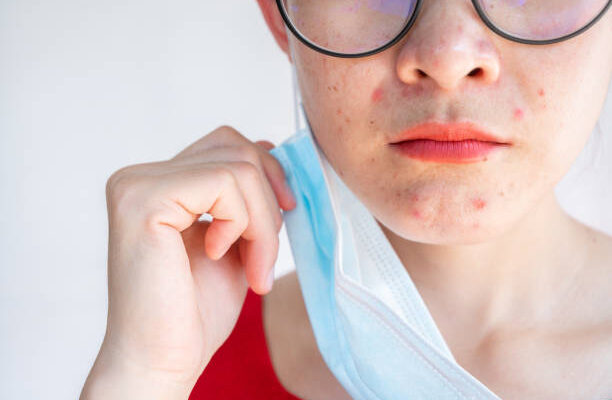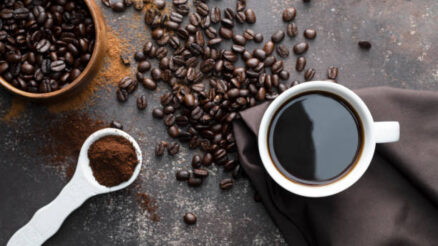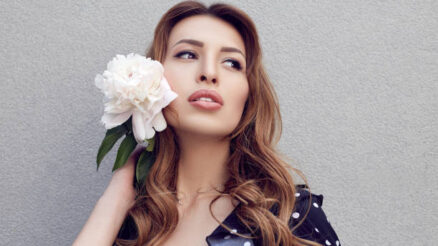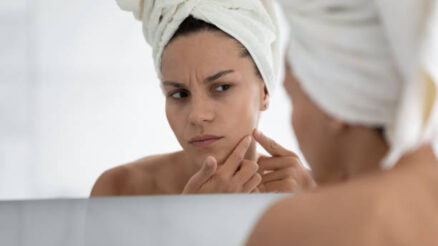A pustule or papule is a pimple. Infected oil glands produce large, red sores filled with pus. Acne causes pimples, often known as spots or zits. They usually appear around adulthood but can occur at any age.
Tribunefox has fantastic tips for pimples treatment and care. Learn about the different forms of pimples and their treatments in this article.
We will find the answer to the following question here
How to remove pimples naturally and permanently?
What is the best homemade pimple treatment?
What is the best pimple treatment?
What is the best medicine for pimples and dark spots?
What is the best tablet for pimples on the face?
How to get rid of pimples overnight?
Which cream is best for pimples?
How Pimples Formed in Skin?
Hormone levels fluctuate during adulthood. It can create hyperactive oil glands at the root of hair follicles. As a result, pimples are most common in adolescence and around menstruation in women. Intense spots usually appear on the face or back. These locations have a lot of sebum. Pimples afflict nearly 80% of youngsters. After 25, it affects 3% of males and 12% of women.
The sebaceous glands and pimples
The sebaceous glands secrete a waxy or oily material that lubricates the skin and hair. Except for the palms of hands and soles of feet, sebaceous glands are present inside the pores of our skin. The cheeks and scalp have the most sebaceous glands. The sebum produced by the glands within the pores causes new skin cell growth and exfoliating. Dead skin cells do not always shed. Pore obstruction is more common during adolescence due to increased sebum production.
Bacterial Infection
When sebum and dead skin cells clog a pore, germs like Propionibacterium acnes (P. acnes) thrive. When the conditions are right, Propionibacterium acnes can multiply fast and become a concern. The slow-growing bacterium feeds on sebum and creates an immune-stimulating chemical. Pimples are not communicable despite their bacterial origin.
Spots of Pimples
There are several sorts of pimples, which can be classified as either non-inflammatory acne or inflammatory acne.
| RAED ALSO : https://tribunefox.com/stop-worrying-about-your-acne-problems-we-have-the-best-solutions/ |
Non-inflammatory acne
Non-inflammatory acne usually responds nicely to over-the-counter and home therapies. These are some examples:
Blackheads.
Clogged pores cause blackheads with sebum (natural oil) and dead skin cells.
Whiteheads.
Whiteheads or closed comedones are blemishes that form when the top of a clogged pore closes. They are more challenging to treat than blackheads.
Inflammatory acne
Pimples that are red and inflamed suggest inflammatory acne.
Types of Pimples
These pimples can be classified as follows:
Papules.
Inflammation causes pore wall disintegration, causing pimples. Tenderness and pink skin are signs.
Pustules.
Similar to papules, but pus-filled and with yellow or whiteheads.
Nodules.
Large clogged and inflamed pores deep in the skin create pimples. Home treatments rarely work on these pimples.
Cysts.
Cysts are plugged pores. They are painful red or white Bumps In extreme cases of acne, cysts can leave scars. Cysts usually require medical treatment.
Blood pimple
Blood-filled pimples occur, when a spot is crushed. Squeezing a pimple releases pus. The squeezing might cause blood vessels to burst, causing the pimple to bleed. The skin’s pores get blocked with germs, sweating, or dust. Hormonal fluctuations cause severe acne in teens and adults. Blood-filled pimples usually heal on their own.
Squeezing a pimple can transfer bacteria to other places of the face and body. Wash twice daily with a moderate cleanser or soap and water to keep the area around the pimple clean. You can get several over-the-counter treatments for pimples and acne, including blood-filled pimples:
Topical retinoids
These vitamin A-based treatments assist in preventing clogged pores by reducing oil production in the skin.
Salicylic acid
This ointment is used to eliminate dead skin cells. It is most effective on acne that does not cause inflammation, such as blackheads and whiteheads. Rarely, a doctor may propose medical procedures for severe blood-filled pimples and acne. These include:
Drainage and extraction
It entails emptying a cyst’s fluids and debris to lower infection risk, discomfort, and inflammation. The medication injected into the cyst may speed up the recovery process
Laser therapy
Focusing laser light on the skin may help to decrease or remove acne-causing germs. MicrodermabrasionTo get rid of blackheads and whiteheads; this therapy includes removing the top layer of skin.
Pimples on legs
Pimples on legs cause embarrassment. Pimples are red or white, itchy or painful lumps on the skin. They can cause a pink-red inflammation or pus on the skin nearby. They can also be inconvenient, exposing one’s legs in public. Leg pimples are rarely severe or long-lasting. In most situations, the causes are minor.
The following are some of the most common causes of folliculitis:
Tight clothing
Heat and sweat
Shaving
Treatment
Treatment for leg pimples depends on the underlying reason.
Here are some popular remedies for pimples based on their cause.
Folliculitis
Folliculitis is usually self-limiting. It should clean up in a few days. If it worsens or does not go away, visit a doctor. The best therapy for shaving folliculitis is prevention.
Prevent folliculitis by: utilizing an electric razor as opposed to a disposable razor Using additional shaving cream or soap to reduce skin irritation after a folliculitis incident, refrain from shaving for a specified period
Keratosis Pilaris
Doctors rarely treat keratosis pilaris pimples on the legs. If the disease does not improve on its own, talk to your doctor about pharmaceutical moisturizing lotions.
Pimple on breast
“If you have acne on other parts of your body, you may wake up with acne on your breasts,” the doctor explains, outlining certain risk factors that increase the chance of breast acne.
Eight Causes of Breast Pimples and What to Do About It.
1. Big breasts
Tight-packed breasts are so large that they touch each other and have no space between them. There is more moisture because of the friction, which increases the likelihood of acne.
2. Tight bras
The additional moisture from an improperly sized bra may cause acne.
3. Use of irritants
Hair removal treatments, fragrances, deodorants, and waxing can irritate the skin, increasing the risk of infection and acne.
4. Excessive sweating
If you sweat a lot during exercise, your oil glands may clog up more quickly, leading to acne.
5. Hormonal changes
Hormonal changes influence the breast as well as the rest of the body. Male hormones can induce increased sebum excretion and acne.
6. Diet
Consumption of greasy meals, complex carbs, and trans fats can raise acne risk. Weight gain and increased fat deposition on the breast result in increased friction and acne.
7. Stress
Stress raises insulin levels, which raises sebum levels and promotes acne.
8. Infection in the breast glands
An infected breast gland can appear like acne, with redness and pain all over the affected breast gland area. “Know what looks well on your skin. Make sure you’re wearing the proper bra size. Increase the number of fruits and vegetables you consume in your diet.
If you are a heavy sweater, it is important to maintain appropriate personal hygiene. Maintain a healthy weight and conduct chest exercises to keep your breasts firm and symmetrical.”



